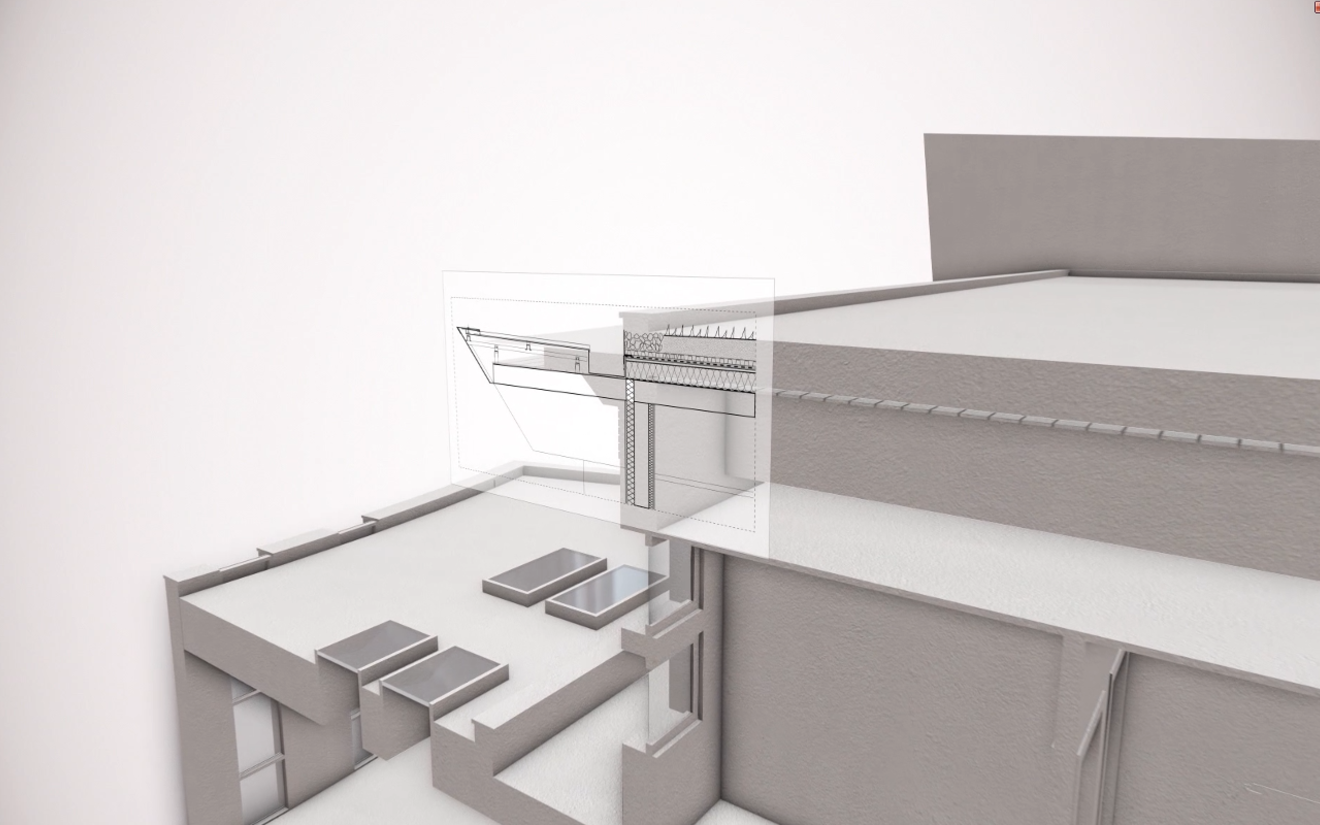Planning and Implementation with BIM and Lean at the Vollack Group
Once you’ve made the decision to transition to 3D architecture software, the next step is to find the right architectural CAD drafting software. Choosing a 3D architecture program has lasting consequences, so careful consideration is required to ensure the best fit for your company’s needs. But with the wide range of 3D modeling tools available, it can be difficult to compare and choose a program. Our useful guide can help you ask the right questions so you get the features you need.
Making the Transition to 3D Easier
The key to making a successful transition to 3D architecture software is to spend time defining what features you need. Just like a robust brief results in a better project, investing the time to understand where your design program hold-ups are will help you pin down what features are critical for your chosen 3D modeling tool and where you will benefit the most. Hold some post-project reviews with your staff or conduct a survey to help draw out areas that could be improved. Another benefit of gathering this information is that it will help you measure your return on investment after you have implemented your chosen solution.
What to Look For
Once you have a clear idea of what the sticking points are with your current design process, you can use this checklist to help you narrow down your options.
• Do you need to still produce deliverables in 2D? Often, design contracts stipulate that the contract documents are still provided in 2D format. If that’s the case, you may want architectural CAD drafting software that lets you work in 2D or 3D.
• How much information do you need to exchange with other parties involved in the project? If your client base is mainly private homeowners, there may be less need to exchange project information compared to large, multi-disciplinary projects that require regular data sharing. Depending on your needs, you should look for 3D architecture software that includes data exchange interfaces, such as IFC, or formats that make collaboration easier, like the Open BIM Collaboration Format (BCF).
• What are your obligations for meeting BIM requirements on your projects? Similarly, private individuals are less likely to require the use of BIM on their projects, while public or commercial projects may stipulate that BIM must be used. That said, choosing a BIM-enabled 3D architecture program may help future-proof your business as BIM becomes more commonplace.
• What are your requirements for document control? One of the benefits of BIM is better document management, so BIM-enabled software may help fulfil this obligation without the need for third-party document control software even if BIM is not currently a requirement on your projects.
• Is a Facilities Management model required upon completion? Some larger projects may wish to employ facilities management software once the building is complete, so choosing a 3D architecture program that can produce models for these programs may be worth considering.
• What other software packages do you need for your designs (such as rendering programs or spreadsheets?) Some 3D architecture programs may be able to combine these features and save you time and money in the long-term. For example, being able to create realistic renders of your 3D models using your 3D modeling tool may be more efficient and cost-effective than outsourcing the rendering.
• Do you need civil engineering design software or regularly work with civil engineers? If you have an engineering firm you work with regularly or employ freelance civil engineers, it may make sense to choose a software solution that has civil engineering design software or support so that information can be shared between disciplines quickly and easily without losing data.
• What level of accuracy do you require on your projects? Depending on the modeling kernel used, the accuracy between 3D architecture software can vary more than you might think. If model accuracy is critical for your projects, then consider programs that use highly regarded modeling kernels such as Siemens’ Parasolid.
• Where are your staff located? If you have multiple offices or remote staff that work on projects, a 3D architecture program that has cloud-based support may make sense, allowing everyone real-time access to the model without any coordination issues.
• How much project management do you provide on projects? 3D software enables quantity and cost calculations to be easily generated from the model for better cost control. While useful in the design stages, it is particularly beneficial if you are managing the construction process as well.
• How complex are your typical design stages? If you are regularly updating designs, 3D architecture software can help reduce the time taken to create up-to-date sections and views and make managing the iteration process easier. Look for software that supports this with appropriate tools like associative views, sections, and dimensions.
• What other benefits can you offer your clients by using 3D modeling tools? If your clients would benefit from virtual tours, construction simulations, or 3D-printed designs, then look for a 3D architecture program that includes these features.
The Next Step
Finally, finding a program that is intuitive for your users and feels familiar for them will also help make the transition to 3D architecture software a successful one. A feature-heavy program that is difficult to learn will hamper your transition and impact the effectiveness (and return on investment) of your new software, so consider trialing and evaluating several different packages to find one that your staff are comfortable with. For unparalleled creativity combined with efficient and accurate designs, try a free 30-day trial of ALLPLAN Architecture to see how your team can benefit from advanced 3D modeling tools.




